From the mythological Pygmalion onward, the annals of art and history alike are full of muses who have at once seduced and maddened the artists who strove to capture their likeness. As the Metropolitan Museum of Art’s enthralling ‘Madame Cézanne’ makes clear, no pairing of artist and muse was more complicated, ambivalent, or more richly productive than that of the painter Paul Cézanne and his long-time model, partner and wife, Hortense Fiquet. The exhibition collects for the first time 22 of the 29 portraits Cézanne painted of his wife over the course of their three decades together, beautifully illuminating at once the depth of the bond between the artist and his model, and the emotional toll that bond exacted.
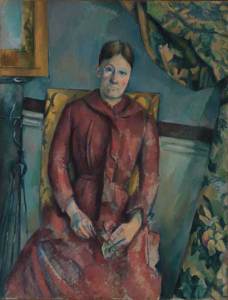
Madame Cézanne (Hortense Fiquet, 1850–1922) in a Red Dress (1888–90), Paul Cézanne. The Metropolitan Museum of Art
In the show, the Madame Cézanne who appears on her husband’s canvases is presented first and foremost in relation to, and as a product of, Cézanne’s artistic practice. She is the constant subject who sets in relief the endless variability in Cézanne’s approach, his experimentation with form and colour. Ever-present but impossibly mutable, Hortense the woman necessarily vanishes under the accumulated weight of her many portraits, leaving behind only Hortense the model, the mere physical matter whose form is endlessly transfigured by the painter’s perception and brush. This vanishing ever-presence of the model is paradigmatic not only of Cézanne’s artistic practice, but also of a broad strand in 19th-century aesthetic theory. To be an artist was not simply to replicate reality, but to mould that reality to reflect one’s individual genius. The more the real person modelling for the artist disappears into the figure conjured in his art, the more complete the pairing of artist and muse. By this measure, the relationship between Cézanne and his model that emerges in these portraits is as near to perfect as that between any painter and model could be.
Hortense Fiquet, however, was more than Cézanne’s muse. She met Cézanne in 1869, and by 1872 had borne him his only son, Paul. Over the ensuing decades, she cared diligently for their child even as the painter refused to marry her for fear of displeasing his father and losing his family allowance. Only in 1886, wishing to secure the inheritance of the then 16-year-old Paul, did Cézanne finally wed Fiquet. Nevertheless, their relationship was an open secret, one that was even less secret after the author Émile Zola published his 1880 novel L’Oeuvre (The Masterpiece), whose artist protagonist and his model wife were very thinly veiled versions of Cézanne and Fiquet. If Cézanne’s work sets up Fiquet as a perfect muse, their personal relationship, particularly as it was fictionalised in Zola’s novel, casts them in a more ominous artistic narrative popular in the 19th century, not that of the painter so sublimely inspired that he falls in love with his muse, but that of the muse-turned-real-wife who becomes, in her domesticity, an obstacle to the artistic process she once inspired.
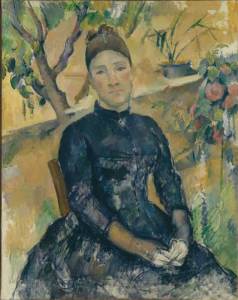
Madame Cézanne (Hortense Fiquet, 1850–1922) in the Conservatory (1891), Paul Cézanne. The Metropolitan Museum of Art
These personal events are not the focus of the Met’s curatorial work, but traces of this darker domestic narrative are just as present in Cézanne’s portraits as the more triumphant one highlighted by the show. Reminders of Madame Cézanne’s dual position as both model and wife are everywhere in her portraits: in the domestic settings, in the evident familiarity between sitter and painter, and in the small but significant detail of Madame Cézanne’s frequently dour expression, which, in the context of their history, appears as a reproach to the painter, and a sign that the aggrieved wife was, perhaps, chipping away at the muse’s pedestal.
Indeed, insignificant though it seems to be, that dour expression may just be the key to the enigmatic partnership of Monsieur and Madame Cézanne. It could be explained as just another mark of the artist’s hand, either a projection of his own dissatisfaction, or his own deliberate nod to a difficult reality. This viewer, however, prefers to see it as Madame Cézanne’s own act of subversive self-assertion, one rooted in a truth that the painter was ultimately powerless to suppress: that no matter how much he might try to make her vanish, the woman was always still there within the muse, and that he was equally indebted to the both of them.
‘Madame Cézanne’ is at the Metropolitan Museum of Art until 15 March.
Related Articles:
Cézanne goes digital: catalogue raisonné launches online (Caroline Rossiter)
First Look: ‘Cézanne and the Modern’ at the Ashmolean Museum (Colin Harrison)
Unlimited access from just $16 every 3 months
Subscribe to get unlimited and exclusive access to the top art stories, interviews and exhibition reviews.

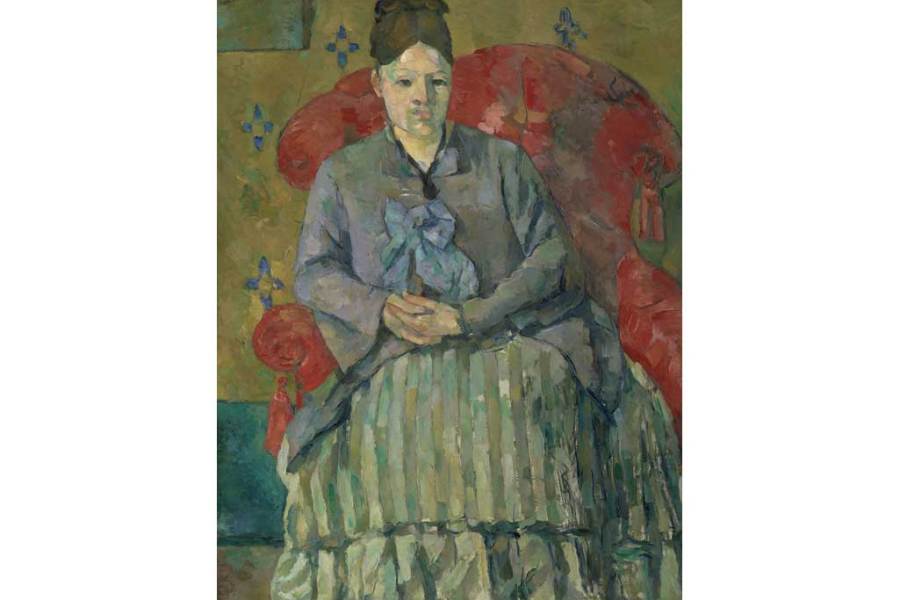

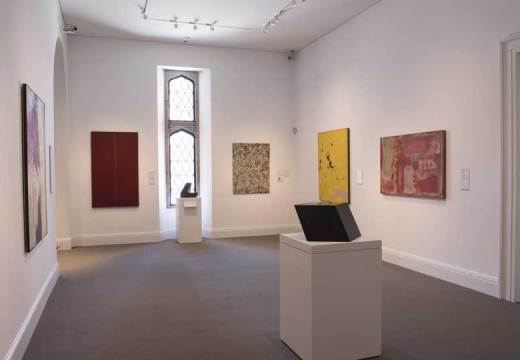
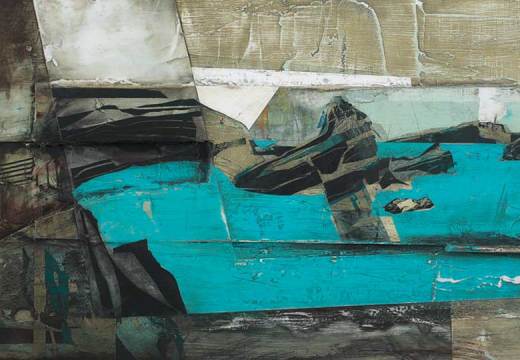









![Masterpiece [Re]discovery 2022. Photo: Ben Fisher Photography, courtesy of Masterpiece London](http://www.apollo-magazine.com/wp-content/uploads/2022/07/MPL2022_4263.jpg)
It’s time for the government of London to return to its rightful home